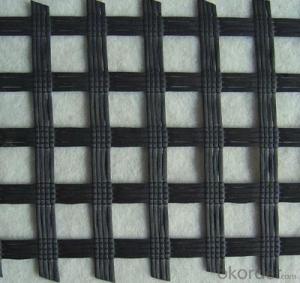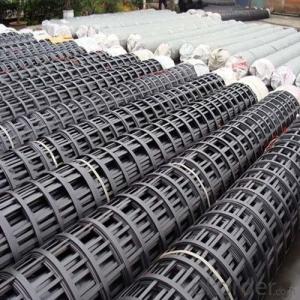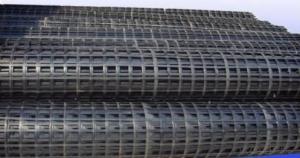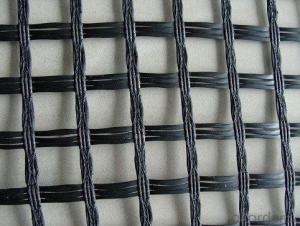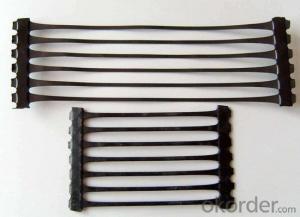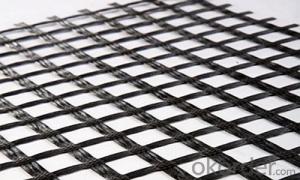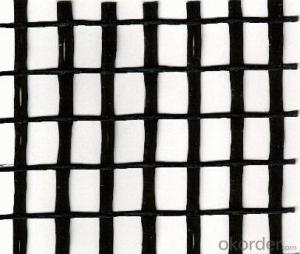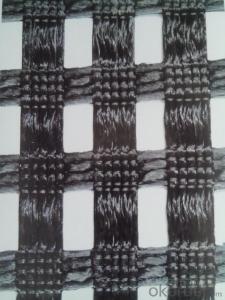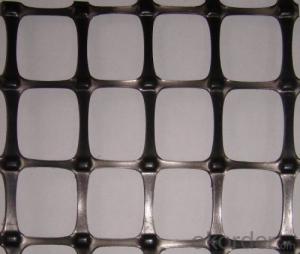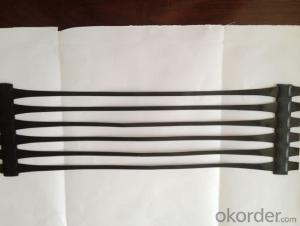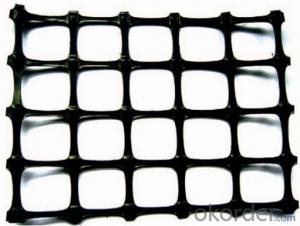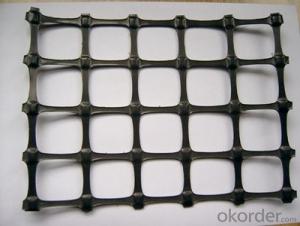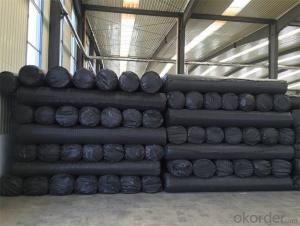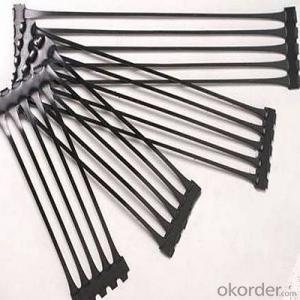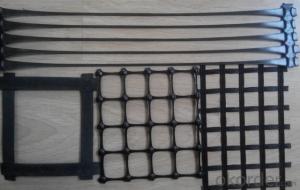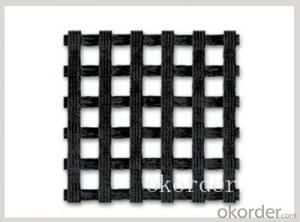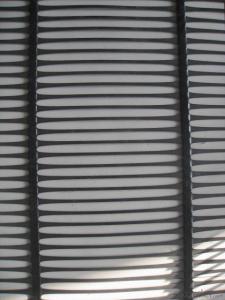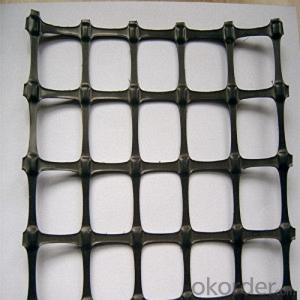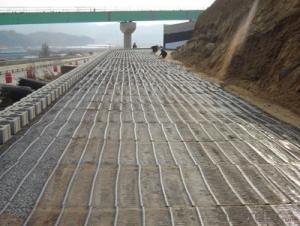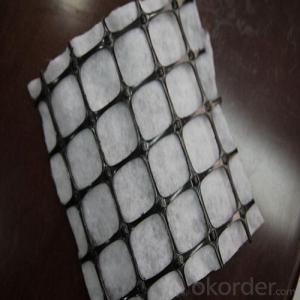Biaxial Geogrid Bx1200
Biaxial Geogrid Bx1200 Related Searches
Tensar Biaxial Geogrid Bx1200 Tensar Bx1200 Biaxial Geogrid Bx 1200 Geogrid Biaxial Geogrid Bx1100 Tensar Bx1200 Geogrid Tensar Biaxial Geogrid Bx1500 Bx1200 Geogrid Specification Tensar Bx 1200 Geogrid Rx1200 Geogrid Tensar Bx1100 Biaxial Geogrid Biaxial Integral Geogrid Geogrid Bx1100 Geogrid Uniaxial Biaxial Polypropylene Geogrid Biaxial Geogrid Specifications Bidirectional Geogrid Biaxial Plastic Geogrid Tensar Biaxial Geogrid Multiaxial Geogrid Uniaxial Geogrid Polypropylene Biaxial Geogrid Sbx12 Geogrid Tensar Geogrid Bx1100 Rx 1100 Geogrid Tensar Bx1100 Geogrid Pp Biaxial Geogrid Triaxial Geogrid Biaxial Geogrid Prices Bx 1200 Multi Axial GeogridBiaxial Geogrid Bx1200 Supplier & Manufacturer from China
Biaxial Geogrid Bx1200 is a high-performance geosynthetic product designed to enhance the stability and load-bearing capacity of various civil engineering projects. This product is manufactured using advanced technology and high-quality materials, ensuring its durability and effectiveness in different soil conditions. Biaxial Geogrid Bx1200 is widely used in applications such as road construction, slope stabilization, and soil reinforcement, providing engineers with a reliable solution for ground improvement and erosion control. Its unique properties allow for better distribution of stress, reducing the risk of soil failure and increasing the overall stability of the construction.The versatility of Biaxial Geogrid Bx1200 makes it a popular choice for a variety of civil engineering projects, where its ability to improve soil behavior and reduce the need for additional materials can lead to significant cost savings. This product can be easily integrated into existing construction methods, requiring minimal adjustments to standard procedures. The use of Biaxial Geogrid Bx1200 can also help to reduce the environmental impact of construction projects by minimizing the amount of excavated soil and reducing the need for landfill space.
Okorder.com is a leading wholesale supplier of Biaxial Geogrid Bx1200, offering a vast inventory of this high-quality product to meet the needs of contractors and engineers worldwide. With a strong commitment to customer satisfaction, Okorder.com ensures that Biaxial Geogrid Bx1200 is available at competitive prices and with prompt delivery, making it an ideal choice for those seeking a reliable and cost-effective solution for their ground improvement projects.
Hot Products
